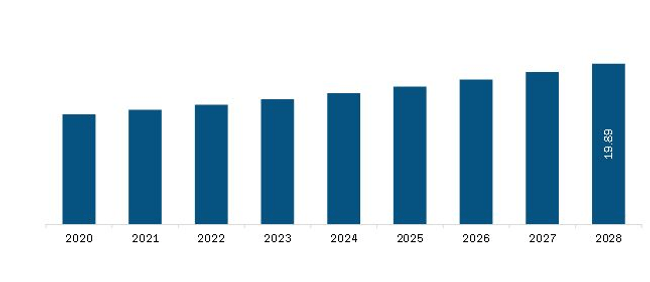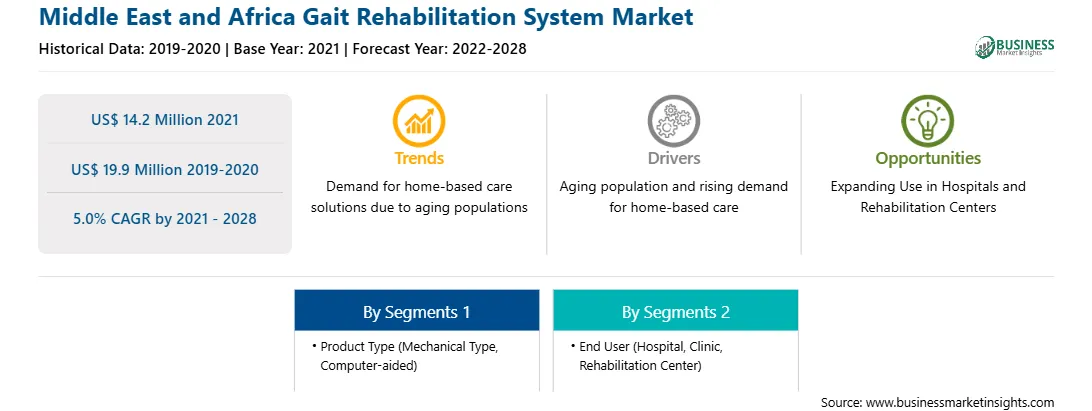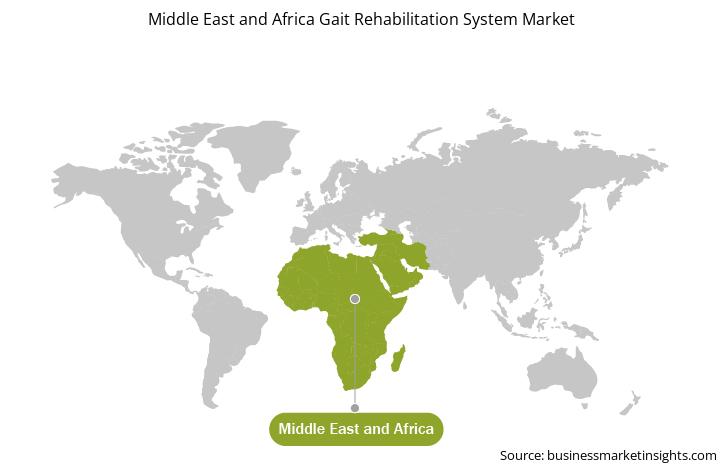Neurological disorders are among the critical indications observed among people of all age groups. Different types of gait disorders include hemiplegic gait, diplegic gait, neuropathic gait, myopathic gait, choreiform gait, ataxic gait, parkinsonian gait, and sensory gait. Dragging one leg, sudden knee buckling or collapse, small and slow steps, excessive swaying, extra arm and leg movements disrupting the balance, crouching, and anxiety about falling are among the symptoms of a functional gait disorder. Every year, ~1.2 million adults are diagnosed with brain disorders, including 51.3% stroke patients and 21% Alzheimer’s disease patients, and ~135 million people are diagnosed with Parkinson’s disease, traumatic brain injury, and epilepsy. Moreover, ~500,000 brain tumor, multiple sclerosis, and amyotrophic lateral sclerosis cases are reported annually in the country. Such growing prevalence of neurological disorders is propelling the demand for neuromodulators that help relieve neurological symptoms. Thus, the rising prevalence of indications associated with gait disorders is driving the Middle East & Africa gait rehabilitation systems market growth.
The pandemic has increased demand for medical devices, which can use in-home care. The region is witnessing an increase in the number of patients being admitted to intensive care units (ICU), an increasing number of drugs that pose multiple diagnostic and therapeutic challenges to strained health systems, leading to an increase in medical devices. Radiologists in South Africa have the highest number of COVID-19 infections in the country. You have seen changes in staff assignments and working hours and the implementation of strict infection control and social distancing measures. In addition, they face mental, physical, emotional, and financial challenges. However, segments of the medical industry, including gait rehabilitation system devices, suffered losses during the COVID-19 pandemic due to limited production and supply chain facilities. Also, the increasing number of cases of neurological disorders has led to increased diagnosis and monitoring after multiple treatments. This pandemic is affecting the business operations of the various key players operating in the gait rehabilitation systems market in the region.
With the new features and technologies, vendors can attract new customers and expand their footprints in emerging markets. This factor is likely to drive the gait rehabilitation system market. The Middle East & Africa gait rehabilitation system market is expected to grow at a good CAGR during the forecast period.

Strategic insights for the Middle East and Africa Gait Rehabilitation System provides data-driven analysis of the industry landscape, including current trends, key players, and regional nuances. These insights offer actionable recommendations, enabling readers to differentiate themselves from competitors by identifying untapped segments or developing unique value propositions. Leveraging data analytics, these insights help industry players anticipate the market shifts, whether investors, manufacturers, or other stakeholders. A future-oriented perspective is essential, helping stakeholders anticipate market shifts and position themselves for long-term success in this dynamic region. Ultimately, effective strategic insights empower readers to make informed decisions that drive profitability and achieve their business objectives within the market.

| Report Attribute | Details |
|---|---|
| Market size in 2021 | US$ 14.2 Million |
| Market Size by 2028 | US$ 19.9 Million |
| Global CAGR (2021 - 2028) | 5.0% |
| Historical Data | 2019-2020 |
| Forecast period | 2022-2028 |
| Segments Covered |
By Product Type
|
| Regions and Countries Covered | Middle East and Africa
|
| Market leaders and key company profiles |
The geographic scope of the Middle East and Africa Gait Rehabilitation System refers to the specific areas in which a business operates and competes. Understanding local distinctions, such as diverse consumer preferences (e.g., demand for specific plug types or battery backup durations), varying economic conditions, and regulatory environments, is crucial for tailoring strategies to specific markets. Businesses can expand their reach by identifying underserved areas or adapting their offerings to meet local demands. A clear market focus allows for more effective resource allocation, targeted marketing campaigns, and better positioning against local competitors, ultimately driving growth in those targeted areas.

The Middle East and Africa Gait Rehabilitation System Market is valued at US$ 14.2 Million in 2021, it is projected to reach US$ 19.9 Million by 2028.
As per our report Middle East and Africa Gait Rehabilitation System Market, the market size is valued at US$ 14.2 Million in 2021, projecting it to reach US$ 19.9 Million by 2028. This translates to a CAGR of approximately 5.0% during the forecast period.
The Middle East and Africa Gait Rehabilitation System Market report typically cover these key segments-
The historic period, base year, and forecast period can vary slightly depending on the specific market research report. However, for the Middle East and Africa Gait Rehabilitation System Market report:
The Middle East and Africa Gait Rehabilitation System Market is populated by several key players, each contributing to its growth and innovation. Some of the major players include:
The Middle East and Africa Gait Rehabilitation System Market report is valuable for diverse stakeholders, including:
Essentially, anyone involved in or considering involvement in the Middle East and Africa Gait Rehabilitation System Market value chain can benefit from the information contained in a comprehensive market report.